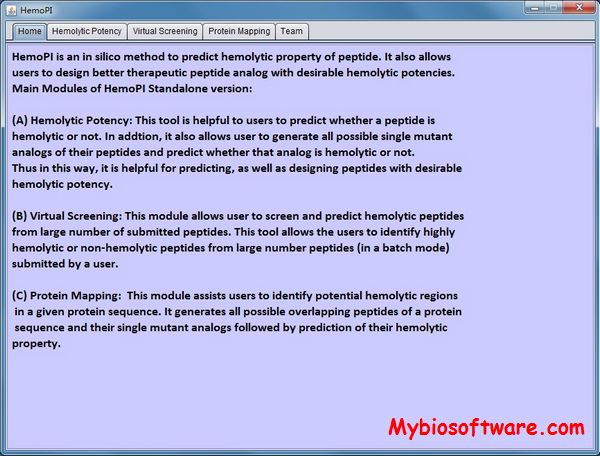MHC-NP
:: DESCRIPTION
MHC-NP is a python tool to identify peptides that are naturally processed by the MHC-I pathway.
::DEVELOPER
Machine Learning Research Group at Laval University
:: SCREENSHOTS
N/A
:: REQUIREMENTS
- Web browser
:: DOWNLOAD
 NO
NO
:: MORE INFORMATION
Citation
Sébastien Giguère, Alexandre Drouin, Alexandre Lacoste, Mario Marchand, Jacques Corbeil, and François Laviolette
“MHC-NP: Predicting peptides naturally processed by the MHC.”
Journal of immunological methods 400 (2013): 30-36.

